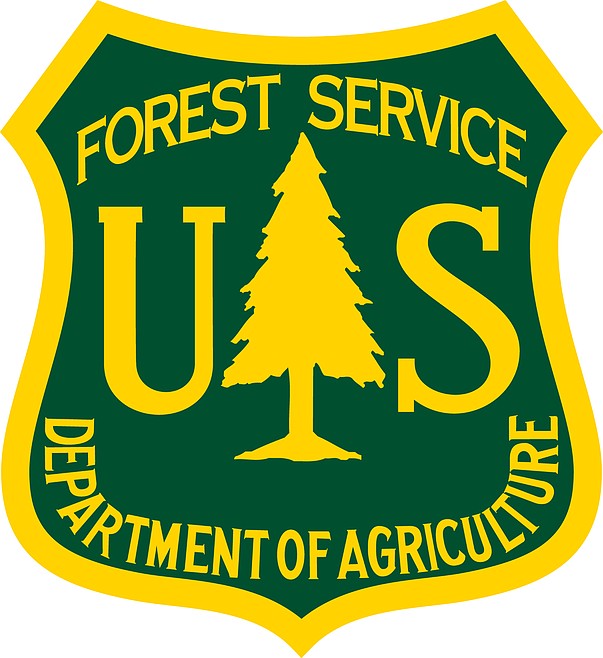Fire danger 'High'
COEUR d’ALENE — High temperatures and lack of rainfall are increasing the potential for wildfires in North Idaho.
“With this heat we've been getting, it's definitely starting to dry out,” said Shawn Pearson, deputy fire officer with the U.S. Forest Service.
Pearson said cooler, wetter weather in June delayed fire season, but the heatwave that rolled in for July changed fire danger status to high Friday. It had been moderate just last week.
The Coeur d’Alene Interagency Dispatch Center, which includes the Bureau of Land Management, the Forest Service, the Idaho Department of Lands and the Coeur d’Alene Tribe, has responded to about 30 smaller wildfires in the region so far this fire season, several caused by lightning. All were put out quickly and caused little damage.
“Nothing we couldn’t handle,” Pearson said. “We’re in pretty good shape.”
But the outlook is cause for concern.
The area is still considered to be in a drought. Below-average snowpack in surrounding mountains is melting rapidly. Hot, dry conditions are the immediate forecast, and the 90-day outlook is calling for above-average temperatures and below-normal precipitation.
All that increases the likelihood of some major wildfires into late summer and early fall.
The center has about 250 firefighters, fire engines, a Hot Shot crew, an air tanker based at the Coeur d’Alene Airport and a helicopter.
Pearson said they are requesting funding to add resources.
“We're going to keep our eyes on things, Pearson said.
Officials in Oregon and Washington state have imposed burn bans and other restrictions to avoid sparks, according to the Associated Press. Campfires, operating chainsaws and target shooting are prohibited in most areas. Central Oregon limits the use of chainsaws and grass mowing to certain hours, followed by a one-hour fire watch.
The Idaho Panhandle National Forests recently announced a wildfire mitigation project that will bring $2.2 million to state and private lands, and $2.7 million to federal lands in North Idaho.
The North Idaho-Highway 95 Hazardous Fuels Project will address 829,453 acres of high-risk state, federal, and private forestlands in Kootenai, Bonner, and Boundary counties over the next three years, aiming to mitigate hazardous fuels with active treatment of more than 7,700 acres.

